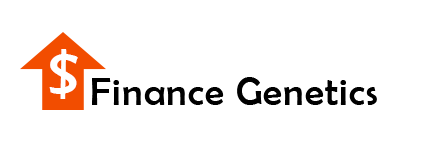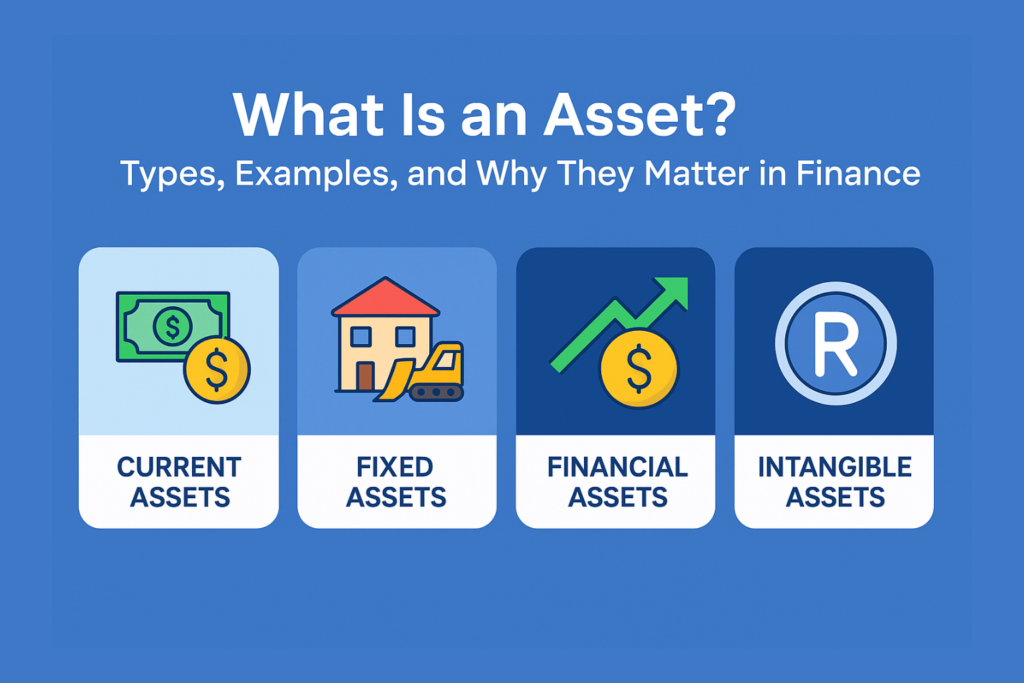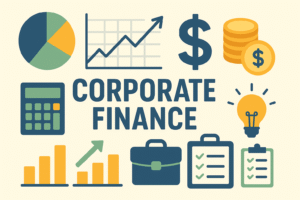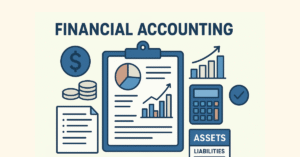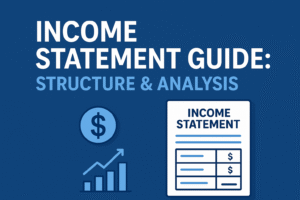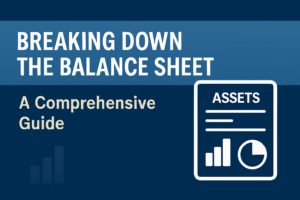Assets are the cornerstone of any financial system—personal, business, or national. Whether you’re managing your savings, analyzing a company’s balance sheet, or studying for an accounting exam, understanding assets is essential. From the cash in your wallet to ownership of a song’s royalties, assets come in many forms and serve a central role in generating value and sustaining operations.
In this guide, we’ll break down what assets are, how they function, the different types (such as current, fixed, financial, and intangible), and how they differ from liabilities. You’ll also find simple analogies, real-world examples, and answers to common questions—like whether labor counts as an asset or how to distinguish current assets from long-term ones.
What Is an Asset?
In finance and accounting, an asset is anything of value that is owned or controlled by an individual, business, or government and is expected to deliver future economic benefits. These benefits could come in the form of cash flows, cost savings, or utility in operations.
Assets can be:
- Tangible (like machinery or land)
- Intangible (like copyrights or software)
On the balance sheet, assets are a core part of the accounting equation:
Assets = Liabilities + Shareholders’ Equity
This equation highlights that businesses acquire assets either through borrowing (liabilities) or through owner capital (equity).
How Assets Work
Assets aren’t passive—they fuel productivity and financial growth. Whether by generating revenue directly or enhancing operational efficiency, assets are essential to success.
Examples of how assets are used:
- A retailer sells products from inventory (a current asset).
- A factory uses machinery (a fixed asset) to produce goods.
- An investor earns dividends from stocks (a financial asset).
- A tech company delivers services through proprietary software (an intangible asset).
Assets may:
- Appreciate in value (e.g., real estate or rare collectibles)
- Depreciate over time (e.g., vehicles or computers)—learn how this works with IRS depreciation rules
- Remain stable (e.g., cash or short-term bonds)
Proper asset management helps individuals grow wealth and enables businesses to operate efficiently and profitably.
Types of Assets
Assets are categorized by various criteria: how easily they can be converted to cash, how long they’re held, and whether they are tangible or intangible.
1. Current Assets
Expected to be used, sold, or converted into cash within one year.
Examples: Cash, inventory, prepaid expenses, marketable securities.
These assets are key to liquidity and short-term financial planning.
2. Fixed (Noncurrent) Assets
Used long-term for business operations.
Examples: Buildings, equipment, land, company vehicles.
3. Financial Assets
Investments or rights to future payments.
Examples: Stocks, bonds, mutual funds, bank deposits.
You can learn more about their treatment under IFRS asset reporting standards.
4. Intangible Assets
Non-physical but valuable resources.
Examples: Patents, trademarks, goodwill, software.
Assets vs. Liabilities
| Feature | Assets | Liabilities |
| What they represent | Resources owned or controlled | Debts or obligations |
| Effect on net worth | Increase it | Decrease it |
| Placement on balance sheet | Left side | Right side |
| Examples | Cash, inventory, equipment | Loans, accounts payable, mortgages |
Net Worth (Equity) = Assets – Liabilities
This formula is key in both personal finance and understanding balance sheets.
Explain Like I’m 5: What Is an Asset?
Imagine you have a box of crayons, a toy truck, and some candy. You can use your crayons to draw, play with the truck, or trade candy for more toys. These are your assets.
But if you borrowed a toy from a friend, that’s something you owe—a liability.
Assets = What you own
Liabilities = What you owe
Examples of Assets
For Individuals:
- Bank savings
- Real estate
- Vehicles
- Jewelry or crypto assets
- Stocks and retirement accounts
For Businesses:
- Offices and factories
- Inventory
- Computers and servers
- Patents and trademarks
- Customer receivables
What Are Non-Physical (Intangible) Assets?
These assets have no physical form but significant value—especially in the digital age.
Examples:
- Software code
- Branding and logos
- Customer data
- Algorithms
- Franchise agreements
Companies like Amazon and Google are driven by these intangible resources. For a deeper breakdown of this category, revisit our post on intangible vs tangible value.
Is Labor an Asset?
No, labor is not classified as an asset in accounting. Here’s why:
- Labor is not owned or controlled.
- It is consumed immediately during service.
- Wages are recorded as expenses.
However, the result of labor—like a finished building or a software product—can become an asset.
Current vs. Fixed Assets Comparison
| Feature | Current Assets | Fixed/Noncurrent Assets |
| Convertibility | Within 1 year | Over multiple years |
| Usage | Daily operations | Long-term infrastructure |
| Liquidity | High | Low |
| Depreciation | No | Yes (except land) |
| Examples | Cash, inventory, receivables | Buildings, vehicles, equipment |
You can also refer to FASB standards for accounting classifications in the U.S.
Final Thoughts
Assets represent value—whether it’s money in the bank, land on the balance sheet, or intellectual property in a tech startup. By understanding how assets are classified, measured, and utilized, you gain greater control over your finances and can make more informed investment and business decisions.
Whether you’re budgeting, investing, or growing a company, mastering the concept of assets gives you the tools to create and manage wealth effectively.
